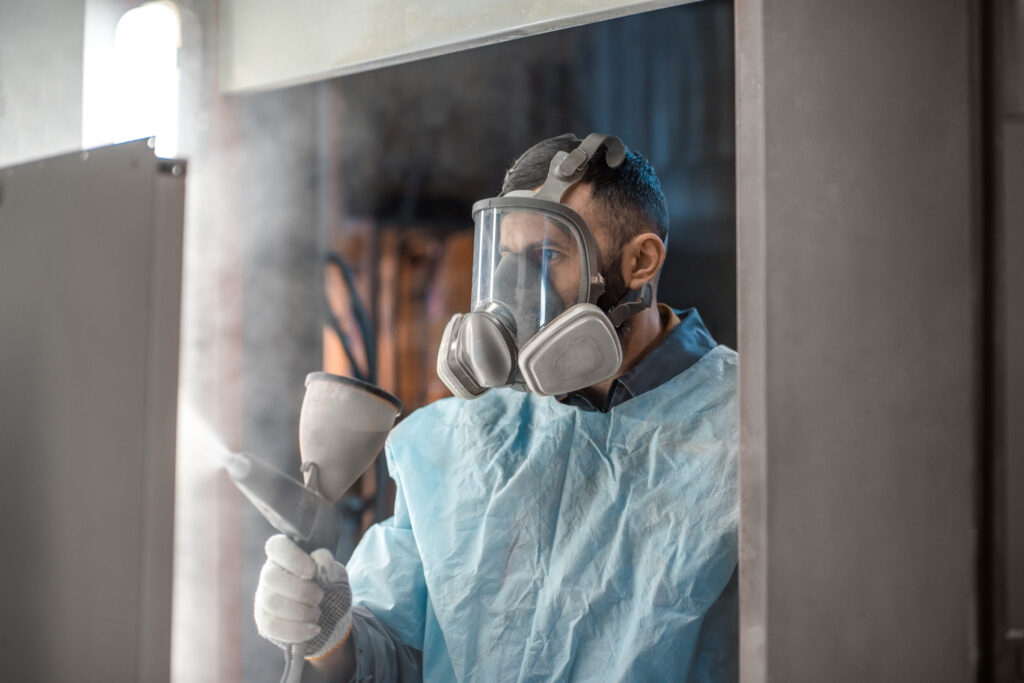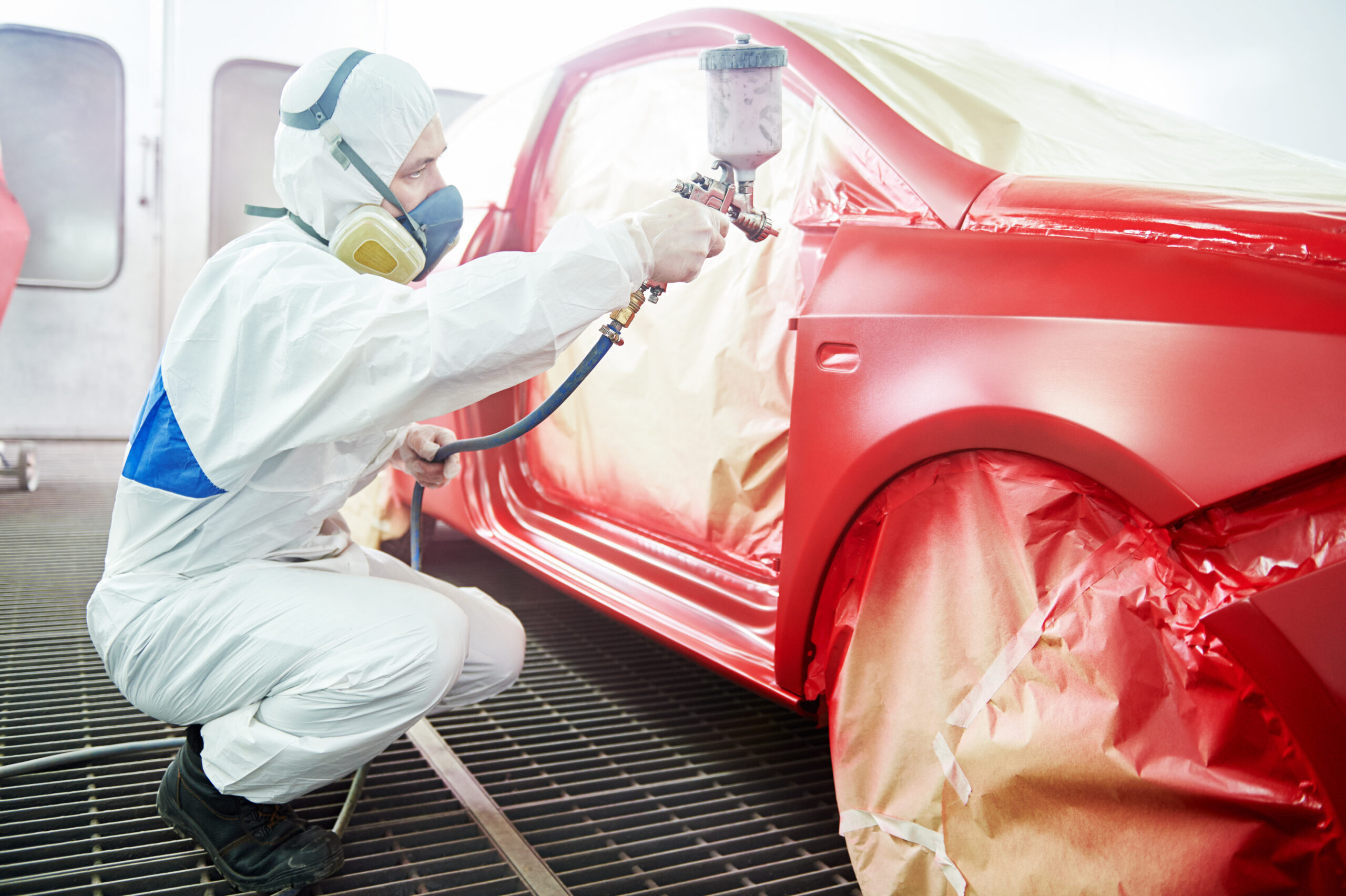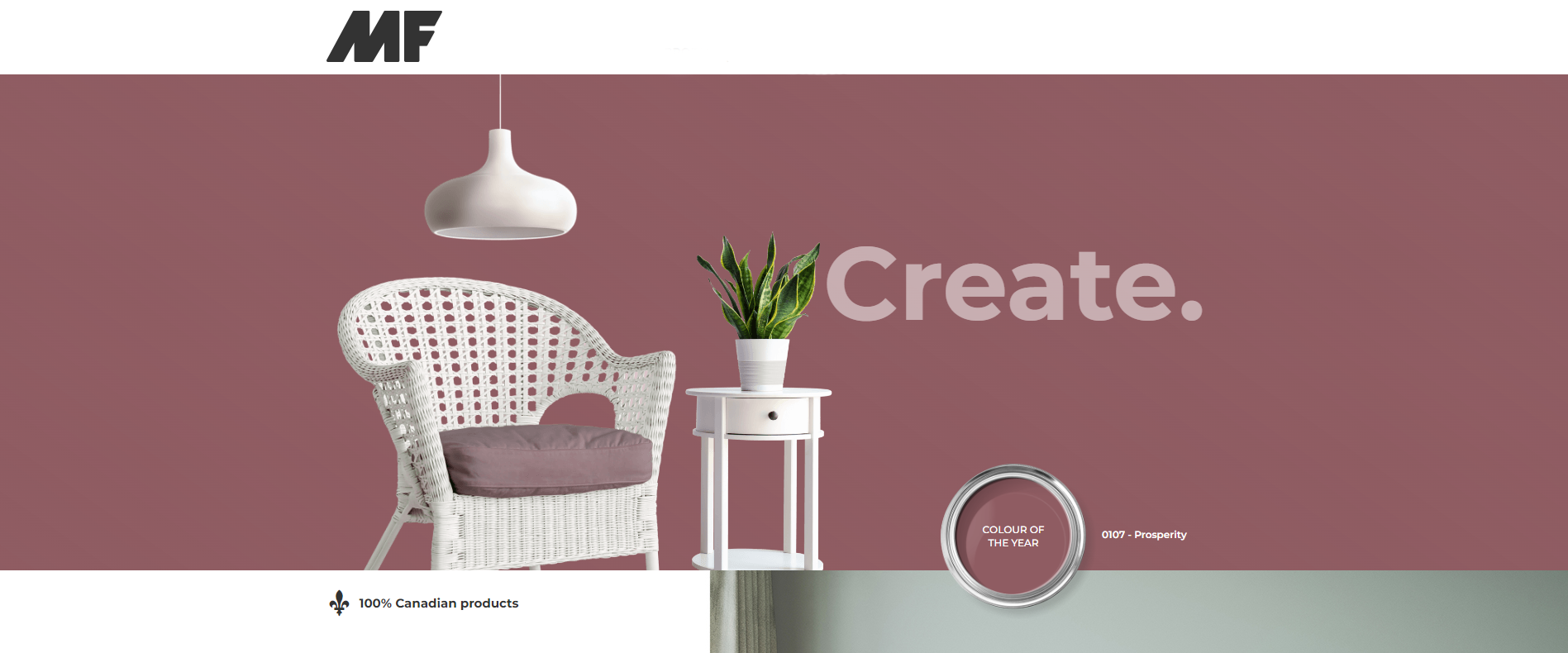Application Methods for
Thermoset Powder Coatings
An overview of the pros and cons of the two main
methods for applying thermoset powder coatings:
Electrostatic deposition (ESD) and fluidized bed powder coating.
ELECTROSTATIC DEPOSITION (ESD)
This process is commonly used to spray metal workpieces in a variety of industries. The equipment needed for ESD consists of a powder spray booth, a powder feeder, an electrostatic spray gun, and, depending on the type of gun used, a power unit.
The powder spray booth is where the powder coating is applied onto a workpiece. It can also act as an air filter and powder overspray containment and recovery system.
The fluidized powder material is firstly distributed from the feeder unit to the powder coating spray gun. The powder is pushed through the spray gun by using small amounts of compressed air, typically ranging from 4-7 psi. The compressed air atomizes the powder and enables it to flow like a liquid.
The tip of the spray gun is provided with an electrostatic charge. When the powder coating is forced out of the spray gun it will apply its charge to the powder. The electrostatic spray gun thus starts spraying negatively charged powder. These charged particles are thrown toward the positively charged grounded workpiece where they adhere to its surface due to electrostatic attraction.
Any overspray material can be collected by the recovery and retrieval system and reused in future coating applications. The workpiece is heated after powder deposition for some time for a smooth surface finish. To produce thicker coatings it’s necessary to repeat or adjust the spray accordingly.
ESD SPRAY GUNS
Three types of electrostatic guns are available: Corona, Tribo, and Rotary bell.
Corona spray gun
The corona spray gun is the most common application method for ESD. In this gun, a high voltage (up to 100 kV) is supplied to an electrode that is located near the exit of the gun’s nozzle. As the powder exits the nozzle it travels through an ionized electrostatic field which is created between the workpiece and electrode by the high voltage supplied to the electrode. This results in the powder becoming negatively charged.
The corona spray gun is compatible with virtually all powder types. It’s easy to clean, and changing powder type or color is a simple and quick process. As the voltage being used can be varied, this gives the user greater control over the coating thickness. A disadvantage of the corona spray gun is that powder application in recesses can lead to issues resulting from the Faraday Cage Effect. However, these can be reduced or avoided by varying the voltage.
Tribo spray gun
In the Tribo spray gun, an insulating material positively charges the powder particles via friction as the particles pass over it. Compared to the corona spray gun, no high voltage is required, and there is no risk of issues arising due to the Faraday Cage Effect. Moreover, the absence of an electrostatic field between the workpiece and the spray gun means that workpieces can be positioned closer together, which can save space in a powder spray booth. This is one of the reasons why the Tribo spray gun is frequently used for automated processes.
On the downside, a Tribo gun is not compatible with all powder coatings, and there are limits on particle size. Powder particles smaller than 10 microns are more difficult to charge successfully with a Tribo gun. The gun also requires dismantling for cleaning.
Rotary bell spray gun
The rotary bell spray gun is designed exclusively for automation and is mainly used in the automotive industry. The powder is fed into the bell via compressed air. Here, a turbine spins at high speed, forcing the powder out in a circular cloud-like pattern. The bell is connected to a high-voltage supply that charges the powder in the same way as the corona spray gun.
Rotary bell spray guns are traditionally used for coating large, flat surfaces because they produce large spray patterns. More specialized rotary bell spray guns have been developed that produce narrow patterns. These are ideal to coat smaller, more complex workpieces.
FLUIDIZED BED POWDER COATING
To make a fluidized bed, the powder coating is put into a large hopper with a porous membrane bottom. Compressed air is then continuously pumped up through the membrane. The air causes the powder to rise and act like a fluid. Into this, the heated workpiece is dipped.
In the fluidized bed powder coating technique, the workpiece is preheated to a temperature above the melting point of the powder. This would typically be around 450-500°F (232-260°C). The workpiece is then dipped into the powder material within a fluidized bed. The powder melts and forms a coating on the surface of the preheated workpiece. The film thickness is controlled by the preheating temperature of the workpiece and the duration that the workpiece is immersed in the fluidized bed.
An alternative option is called electrostatic fluidized bed powder coating. Here, a cloud of electrically charged powder particles is generated above the fluidized bed through which a workpiece passes in order for it to obtain a coating. Again, the workpiece needs to be preheated. This method requires the workpiece to be grounded before being dipped into the charged power. The powder is charged with the use of high voltage just like the corona spray gun mentioned earlier.
CURING
Coated workpieces are cured differently after ESD than after a fluidized bed method. For ESD, workpieces need to be cured using a specialized powder curing oven. Once the workpieces have been sprayed, they are heated to a certain temperature and “cured” for a specific time. The curing temperature and time are dependent upon part size and specifications.
Fluidized bed powder-coated parts are heated prior to being dipped, which allows the curing to occur in the bed simultaneously. There also is the option to cure fluidized bed powder-coated parts using the same method as ESD-coated parts.
WHICH METHOD TO USE?
Choosing ESD or fluidized bed coating depends on your workpiece, application, budget, and end quality. Both methods produce even, hard finishes and are more cost-effective, durable, and environmentally friendly than liquid applications. Here are the main pros and cons of each method.
Advantages of ESD:
- Workpieces do not need to be preheated
- Easier to coat difficult shapes
- Easier to implement color changes
- Low cost for automation
- Film thickness between 30-250 microns
Disadvantages of ESD:
- High investment cost in equipment
Advantages of fluidized bed coating:
- Low set-up costs
- Achieves a high coating thickness of >250 microns in one cycle
Disadvantages of fluidized bed coating:
- Workpieces need to be preheated
- Not ideal for complex shapes
- Large volumes of powder are required so not economical for small runs
- Not suitable for thin workpieces as they lose their heat quickly
- Difficult to make color changes
- Not suitable for thin coatings
- Extra beds are required for different powder types/colors
If you have any questions concerning which method to use for your specific thermoset powder coating application, drop us a line and our experts will be delighted to discuss your specific requirements.






